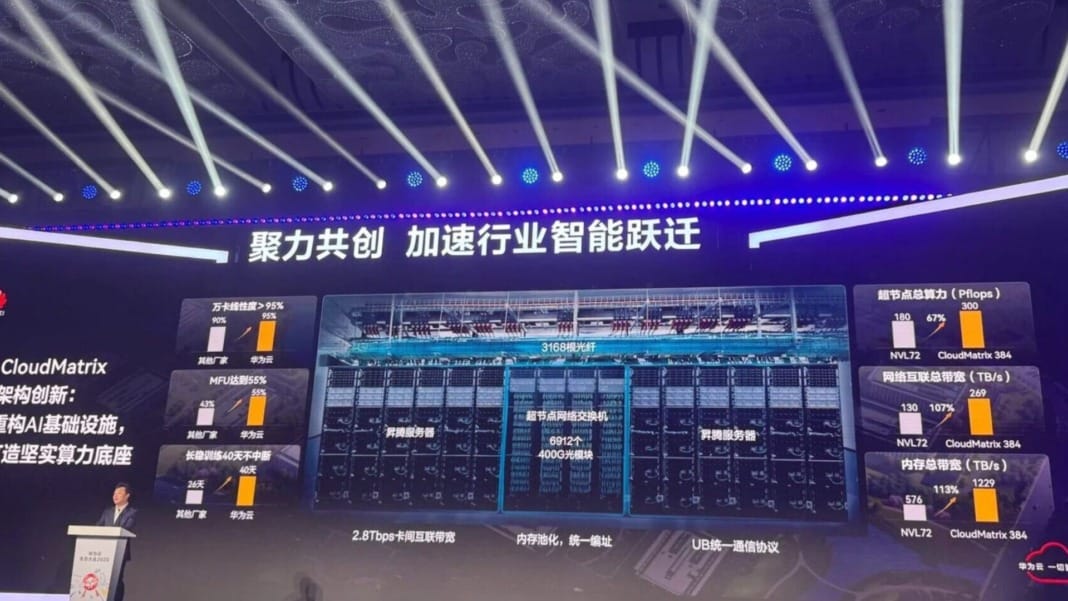The workplace of the future is being shaped by technological breakthroughs that are changing how businesses operate, grow, and compete. Digital innovations, such as artificial intelligence (AI), automation, and cloud-based tools, are transforming business functions, from project management to customer service. Organisations across industries—from tech giants like Microsoft to traditional firms—are embedding digital solutions into their core processes.
The key question, however, is how these innovations affect people and their roles. Automation is taking over repetitive tasks, while AI tools like Salesforce’s Einstein are offering decision-making support and personalised recommendations to teams. As technology alters work structures, companies need to ensure that humans remain at the centre of this evolution.
These changes go beyond productivity gains. Remote and hybrid work fundamentally redefine workplace dynamics, allowing organisations to build global, diverse teams. This evolution demands investments in infrastructure and security to support seamless collaboration across multiple locations. Companies like Atlassian, which have successfully transitioned to fully remote models, provide a blueprint for digital-first strategies.
By embracing change and supporting continuous learning, organisations can future-proof their workforce and maintain their competitive edge. Reskilling, collaborative technologies, and strategic partnerships will be key to navigating the complex and rapidly evolving work environment.
Current trends in the evolving work environment
The future of work is being shaped by a convergence of trends, including flexible work models, the gig economy, and the increasing demand for digital skills. Unlike the early stages of digital transformation, where technological adoption focused mainly on efficiency, today’s changes are equally driven by employee-centric factors such as well-being, job satisfaction, and personal growth. Organisations are redefining success by balancing both technological innovation and human development.

One of the most notable shifts is the rise of hybrid work models, which have created a new normal where employees split their time between remote and on-site work. This approach has given rise to more decentralised workforces, requiring businesses to implement digital collaboration platforms and asynchronous communication tools. A McKinsey study found that companies adopting hybrid work models are experiencing higher levels of engagement and retention compared to those sticking to traditional setups.
Additionally, the gig economy is expanding as businesses increasingly rely on freelancers and short-term contractors to fill gaps in expertise and capacity. This trend is particularly prominent in industries like marketing, software development, and content creation, where agility and specialised skills are critical. Platforms such as Upwork and Fiverr are becoming integral to businesses seeking flexibility, though integrating gig workers into long-term strategies remains a challenge. With these trends, businesses are placing greater emphasis on continuous learning and development.
Upskilling programmes are designed to address technological disruption, ensuring employees can keep pace with emerging innovations. For example, IBM’s SkillsBuild programme offers free resources to help workers develop in-demand digital skills. These efforts highlight the importance of blending technology adoption with workforce adaptability.
The rise of remote and hybrid work
The shift to remote and hybrid work is transforming the traditional concept of the office, creating environments where collaboration and productivity are no longer tied to physical spaces. Businesses that initially adopted remote work out of necessity during the COVID-19 pandemic are now formalising these models as part of their long-term strategy. Spotify’s “work from anywhere” policy exemplifies this shift, allowing employees to balance their professional and personal lives.
This flexibility is reshaping workplace culture. Without daily in-person interactions, businesses are rethinking how they foster team cohesion, manage employee performance, and maintain company culture. Virtual team-building activities and wellness programmes are becoming essential as businesses seek new ways to engage their workforce. Companies like GitLab, which have operated remotely since their founding, have successfully built community through virtual coffee chats and online forums.
Leadership is also evolving in this environment. Managers must now balance trust and accountability without micromanaging their teams. Outcome-based performance measurement, where productivity is judged on results rather than hours worked, is gaining traction. Atlassian’s approach to hybrid work focuses on outcome-driven metrics and is a model for businesses navigating this shift. Leaders are encouraged to provide more autonomy while supporting employees with the necessary tools and resources.
Technology remains the backbone of remote and hybrid work. Collaboration platforms such as Zoom, Microsoft Teams, and Asana enable employees to stay connected and work efficiently, regardless of location. As businesses refine their remote work policies, digital infrastructure must evolve to support secure, scalable, and reliable connectivity across regions. This leads naturally to the importance of investing in robust digital infrastructure.
Investments in digital infrastructure
Digital infrastructure has become a key pillar of business success, ensuring on-site or remote employees can collaborate and access resources without disruption. As workforces become increasingly decentralised, businesses invest heavily in cloud computing, secure communication networks, and scalable storage solutions. Amazon Web Services (AWS) and Microsoft Azure are leading the way, providing cloud-based services that enable organisations to manage distributed teams seamlessly.
The scalability of cloud infrastructure allows businesses to grow without significant capital investments in hardware. Cloud applications offer benefits beyond flexibility, including faster decision-making and data-driven insights. Real-time collaboration on cloud-based platforms ensures that teams can work on shared projects simultaneously, enhancing productivity and enabling more effective problem-solving.

Security, however, remains a critical concern. With remote access now a standard practice, organisations face higher cyberattack risks. IBM’s Cost of a Data Breach report highlights the financial impact of security lapses, making investments in multi-factor authentication, zero-trust frameworks, and employee training essential. By adopting proactive security measures, businesses are safeguarding sensitive data and protecting themselves against costly disruptions.
Emerging technologies like 5G networks and edge computing further strengthen digital infrastructure. These advancements enable faster data processing, reduced latency, and innovative applications such as augmented reality (AR) and virtual reality (VR) for collaborative work. Companies that embrace these technologies will be well-positioned to drive innovation and adapt to future workforce demands.
Employee reskilling programmes
Reskilling is a key strategy for businesses looking to future-proof their workforce. As automation and AI reshape job roles, companies focus on equipping employees with new skills that complement technological advancements. Amazon’s US$1.2 billion upskilling initiative is an example of how companies are preparing their workers for jobs of the future, such as data analysts, machine learning specialists, and cloud engineers.

Rather than viewing technological disruption as a threat, forward-thinking organisations embrace it as an opportunity to invest in their people. Internal reskilling programmes are tailored to address immediate skill gaps while preparing employees for longer-term challenges. PwC’s “New World, New Skills” initiative trains employees in areas such as AI, digital marketing, and cybersecurity.
Partnerships between businesses and academic institutions are also playing a significant role. Companies like Google are collaborating with online platforms such as Coursera to offer professional certifications that meet industry demands. These partnerships ensure that training is practical, accessible, and aligned with evolving job requirements.
Continuous learning is now embedded within company cultures, with many organisations providing on-demand training, mentorship opportunities, and knowledge-sharing platforms. By fostering a growth mindset, businesses create environments where employees can thrive alongside technological advancements. This balance of human potential and technological innovation is essential to success in the future of work.
Building a sustainable, tech-powered workforce
Businesses that seamlessly integrate technological advancements with human expertise will define the future of work. Companies adopting AI, automation, and digital-first policies are reaping productivity benefits while driving innovation through human creativity and adaptability. Businesses can remain competitive in an ever-changing environment by investing in reskilling programmes and flexible work models.
Collaboration between people and technology is no longer optional—it is the core of success. Organisations that empower their employees to grow alongside technological innovations will drive long-term growth and foster sustainable development. Balancing digital transformation with human engagement is the path forward.





